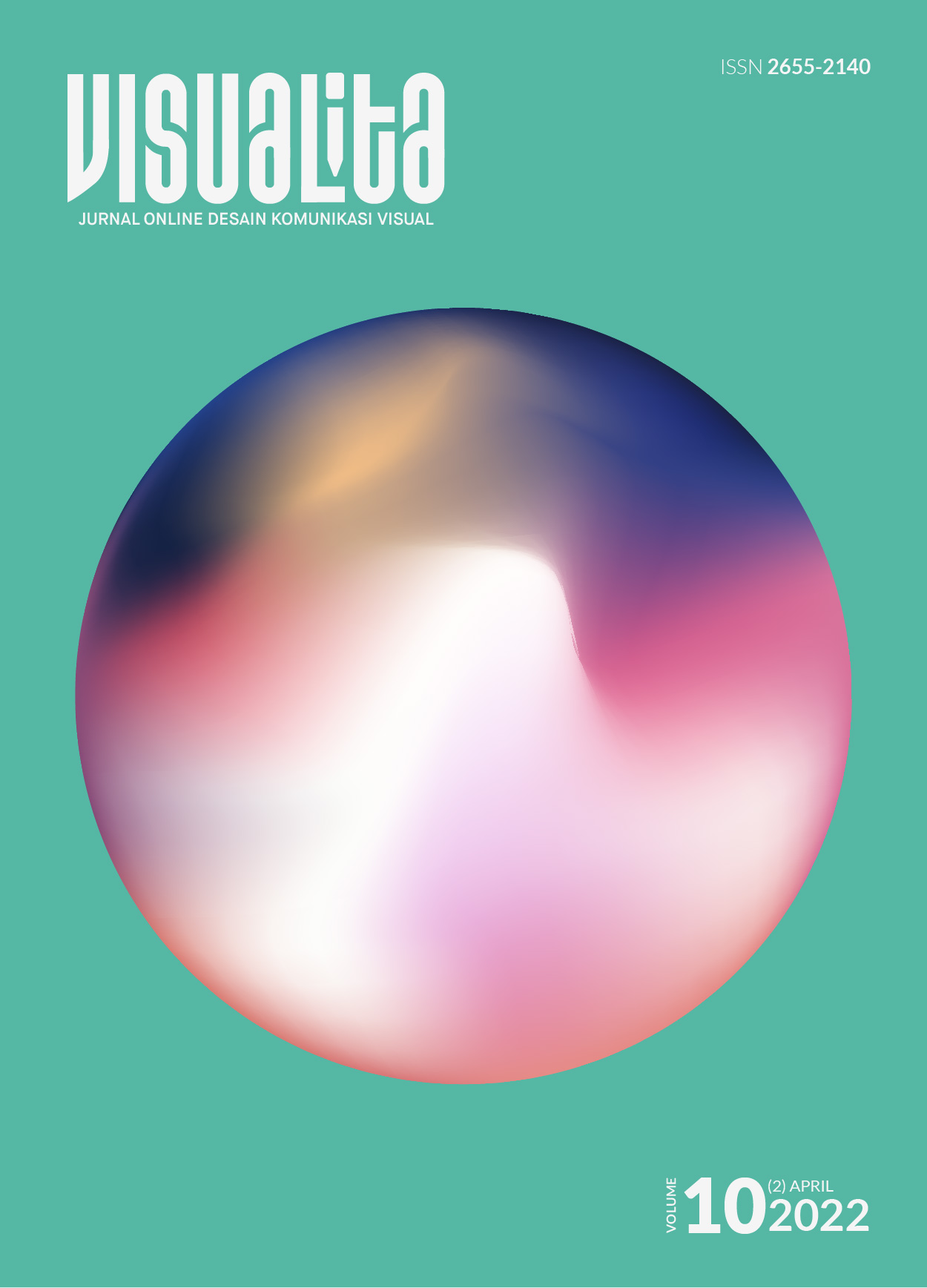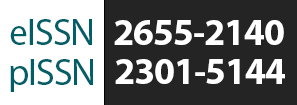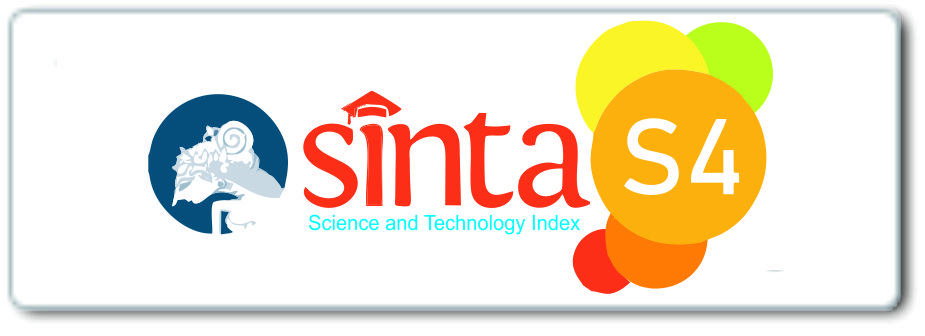THE DESIGN THINKING METHOD APPLICATION ON THE KIRIHUCI MSME WEBSITE DESIGN
DOI:
https://doi.org/10.34010/visualita.v10i02.5378Keywords:
Desain Website, Metode Design Thinking, User experience, User Interface DesignAbstract
The rapid growth of MSMEs in West Java and the decline in consumer purchasing power due to the pandemic can cause MSME to innovate their products and carry out broader marketing/promotion strategies to survive and compete with similar businesses. MSME can use a website to increase product marketing as one of the promotional media. The advantage of a website can reach consumers widely, globally, and anyone can access it anywhere. Kirihuci is one of the SMEs from Bandung West Java, with good potential business but has not used the website as a promotional medium. The purpose of this study was to design the Kirihuci SMEs website using the Design Thinking method. The method focused on the user interface, user empathy, and user experience. Mixed-method is the research method, by conducting observations, interviews, distributing questionnaires, and searching for data literature through books or journals related to research. The results obtained in this study are the application of the Design Thinking method to the design of the Kirihuci UMKM website has provided convenience for its users. The results are from user feedback carried out at the usability testing stage regarding the appearance of the website interface design with good results.
Downloads
References
Ambrose, G., & Harris, P. (2010). Basics Design 08: Design Thinking. AVA Publishing SA. Badan Pusat Statistik Provinsi Jawa Barat. (2018). Potensi Usaha Mikro Kecil Provinsi Jawa
Barat. In BPS Provinsi Jawa Barat. Badan Pusat Statistik Provinsi Jawa Barat.
Dam, R. F., & Siang, T. Y. (2020). 5 Stages in the Design Thinking Process. Interaction Design
Foundation. https://www.interaction-design.org/literature/article/5-stages-in-the-design-
thinking-process
Haryono, S. (2018). Pengaruh Penggunaan Website Terhadap Penjualan Produk Pengusaha UMKM Pada Asosiasi Industri Kreatif Depok. Sosio Ekons, 10(1), 39–46.
Hermawan, I. (2021). Wawancara Pemasaran Keripik Ubi Cilembu Kirihuci dengan pemilik UMKM Kirihuci. Wawancara pada tanggal 5 Maret 2021 di Bandung.
Karnawan, G., Andryana, S., & Komalasari, R. T. (2020). Implementation of User Experience Using the Design Thinking Method in Prototype Cleanstic Applications. Jurnal Teknologi Dan Manajemen Informatika (JTMI), 6(1), 10–17.
Masrizal. (2012). Mixed Method Research. Jurnal Kesehatan Masyarakat Andalas (JKMA), 6(2), 53–56. https://doi.org/https://doi.org/10.24893/jkma.v6i2.89 Mootee, I. (2013). Design Thinking for strategic innovation (pp. 1–204).
Muntoha, Jamroni, & Tantria, H. (2015). Pemanfaatan Situs Web sebagai Sarana Promosi Desa Songbanyu, Kecamatan Giri Subo, Gunung Kidul, Daerah Istimewa Yogyakarta. Inovasi Dan Kewirausahaan, 4(September), 5.
Pakpahan, A. K. (2020). Covid-19 Dan Implikasi Bagi Usaha Mikro, Kecil, Dan Menengah.
Jurnal Ilmiah Hubungan Internasional, 0(0), 59–64. https://doi.org/10.26593/jihi.v0i0.3870.59-64 Pressman, A. (2019). Design Thinking - A Guide To Creative Problem Solving For Everyone.
Routledge.
Primatami, A., & Hidayati, N. (2019). Perkembangan Usaha Mikro Kecil ( UMK ) di Provinsi Jawa Barat Tahun 2006 – 2016. Jurnal Pengembangan Wiraswasta, 21(03), 203–212. https://doi.org/10.33370/jpw.v21i3.350 Sari, I. P., Kartina, A. H., Pratiwi, A. M., Oktariana, F., Nasrulloh, M. F., & Zain, S. A. (2020).
Implementasi Metode Pendekatan Design Thinking dalam Pembuatan Aplikasi Happy Class Di Kampus UPI Cibiru. Edsence: Jurnal Pendidikan Multimedia, 2(1), 45–55. https://doi.org/10.17509/edsence.v2i1.25131 Wibowo, M. R., & Setiaji, H. (2020). Perancangan Website Bisnis Thrifdoor Menggunakan Metode Pendekatan Design Thinking. Automata, 1(2).
Wulandari, W., & Widiantoro, A. (2017). Design Data Flow Diagram for Supporting the User Experience in Applications. Design Data Flow Diagram for Supporting the User Experience in Applications, 25(2), 14–20.
Zheng, J. (2013). Sitemap explorer: Browser integrated web navigation. RIIT 2013 -Proceedings of the 2nd Annual Conference on Research in Information Technology, October 2013, 63–64. https://doi.org/10.1145/2512209.2512230
Downloads
Published
Issue
Section
License
Authors who publish with Visualita agree to the following terms:
- Authors retain copyright and grant the journal right of first publication with the work simultaneously licensed under a Creative Commons Attribution-NonCommercial 4.0 International License.
- Authors are able to enter into separate, additional contractual arrangements for the non-exclusive public distribution and display of the journal's published version of the work (e.g., post it to an institutional repository or publish it in a book), with an acknowledgement of its initial publication in this journal.
- Authors wishing to include items (such as images or other media, or any creative works of others whether previously published or not) must contact the original copyright holder to obtain explicit permission to publish these items in Visualital. Writing permission should include: the title(s) of any copyrighted work, original place of publication if applicable, and an acknowledgement of having read Visualita copyright notice. Authors are responsible for obtaining this permission and keeping it in their own records for later verification.






